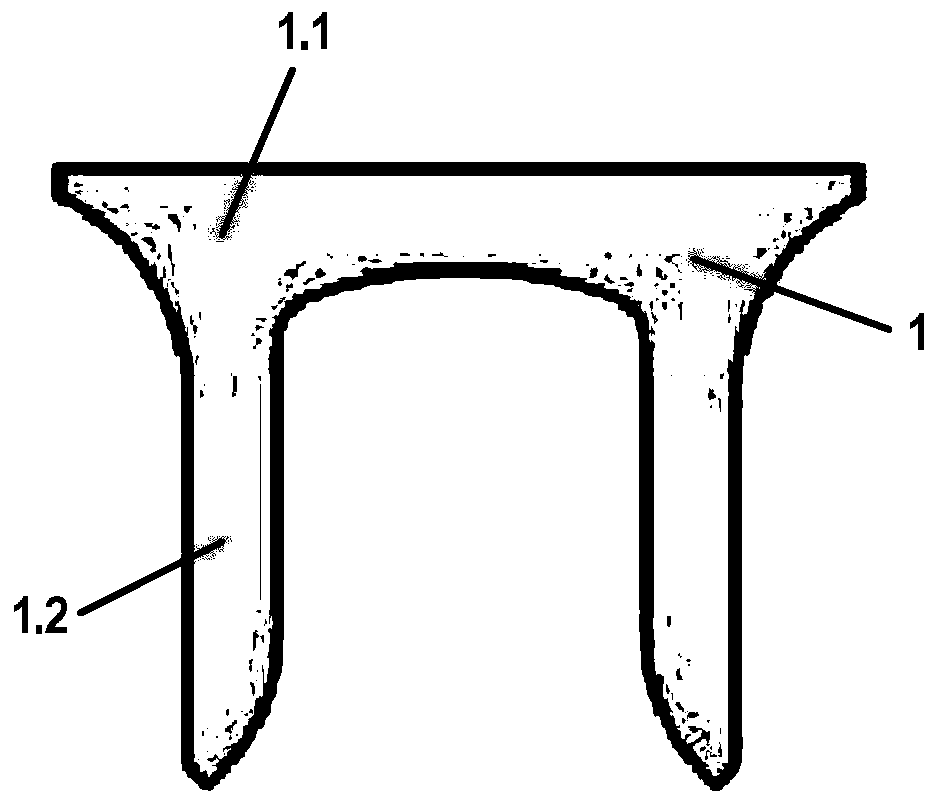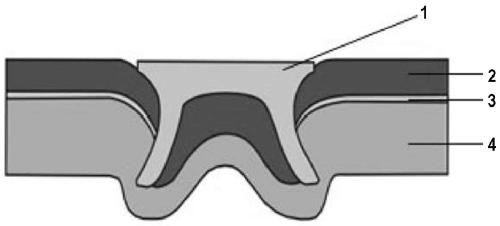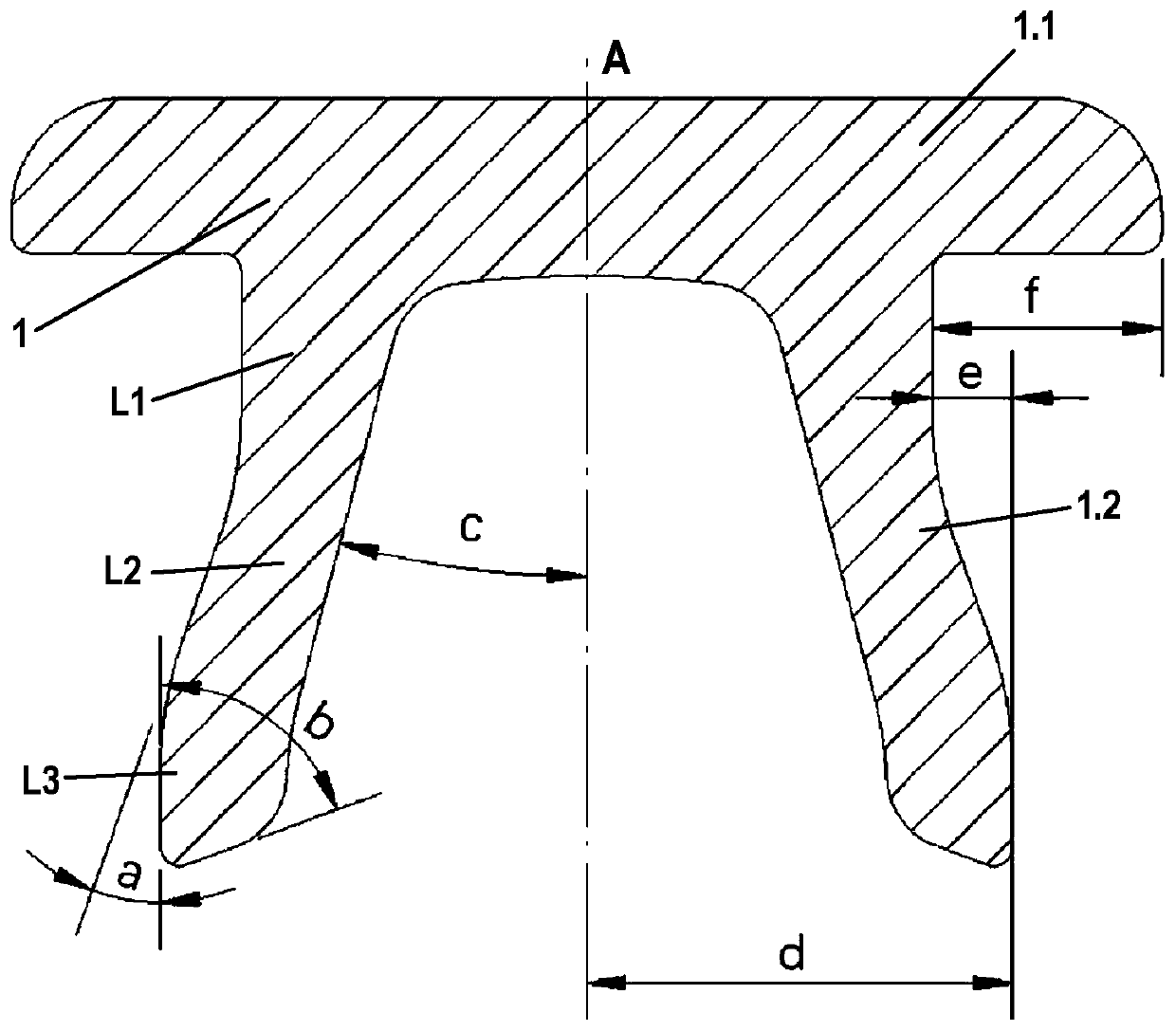Self-locking rivet for connecting dissimilar materials and method for connecting dissimilar materials using same
A dissimilar material and rivet technology, applied in the field of self-locking rivets, can solve problems such as thermal expansion and deformation in the connection area, product safety and reliability hazards, and failure
- Summary
- Abstract
- Description
- Claims
- Application Information
AI Technical Summary
Problems solved by technology
Method used
Image
Examples
Embodiment Construction
[0041] The preferred embodiments of the present invention will be further described in detail below in conjunction with the accompanying drawings. The following descriptions are exemplary and not limiting to the present invention. Any other similar situations also fall within the protection scope of the present invention.
[0042] In the following detailed description, directional terms, such as "left", "right", "upper", "lower", "front", "rear", etc., are used with reference to directions described in the drawings. Components of embodiments of the present invention may be positioned in a variety of different orientations, and directional terms are used for purposes of illustration and not limitation.
[0043] Figure 1a A self-locking rivet 1 for connecting dissimilar materials in the prior art is shown, and the self-locking rivet 1 includes a rivet head 1.1 and a cylindrical nail leg 1.2 protruding far from one side surface of the rivet head. From Figure 1a It can be seen f...
PUM
 Login to View More
Login to View More Abstract
Description
Claims
Application Information
 Login to View More
Login to View More - R&D
- Intellectual Property
- Life Sciences
- Materials
- Tech Scout
- Unparalleled Data Quality
- Higher Quality Content
- 60% Fewer Hallucinations
Browse by: Latest US Patents, China's latest patents, Technical Efficacy Thesaurus, Application Domain, Technology Topic, Popular Technical Reports.
© 2025 PatSnap. All rights reserved.Legal|Privacy policy|Modern Slavery Act Transparency Statement|Sitemap|About US| Contact US: help@patsnap.com



